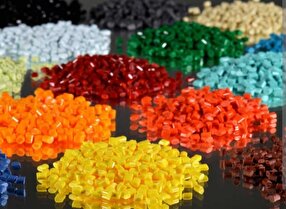Iranian Scientists Develop Smart Tissue Decellularization Technology to Reduce Graft Rejection

“The device we have developed helps to remove cells from the graft tissue scaffold using a series of laboratory solutions and materials. We can also give it a cell-free scaffold to add new cells,” Seyed Mohammad Amin Haramshahi, a faculty member of Iran University of Medical Sciences, told ANA.
Noting that the device helps the researcher to prepare the ground for making high-quality products with few complications, he said, “The challenge we face in preparation of transplanted tissue is that the products that are made at different times of decellularization are not the same because they depend on the user; but by using the device, this challenge is resolved and the settings of the device can be saved and the process can be repeated based on the same previous setting.”
Haramshahi explained that the time of product manufacturing process has shortened with this device, saying, “Similar devices in the market do not perform both decellularization and cellularization at the same time. Also, the possibility of remote control, like turning off the device at the end of the process or changing the intensity of the solution flow, is one of the important features of this technology and distinguishes it from other devices.”
In a relevant development in January, Iranian researchers at Royan Research Institute had also succeeded in decellularizing the complete sheets of the knee joint bone of a laboratory animal which can be used to repair the defects of osteoarthritis.
The researchers found that the bioscaffold obtained from the decellularization of complete bone sheets improves the proliferation and differentiation of loaded mesenchymal stem cells in an animal model.
Also, they proved that decellularized bone-cartilage tissue is the best scaffold for tissue engineering and repairing the damaged bone-cartilage tissues is one of the best methods for treating osteoarthritis defects as a joint disease.
These decellularized scaffolds have the most similar intrinsic properties to the issue like biomechanical properties and preserved connections between cartilage and bone.
However, cell re-infiltration into these structures has been shown to be difficult due to compaction and low porosity. This project aims to produce a new decellularized scaffold from bone cartilage tissue that is recellularized with stem cells derived from mesenchymal tissue.
4155/v
























